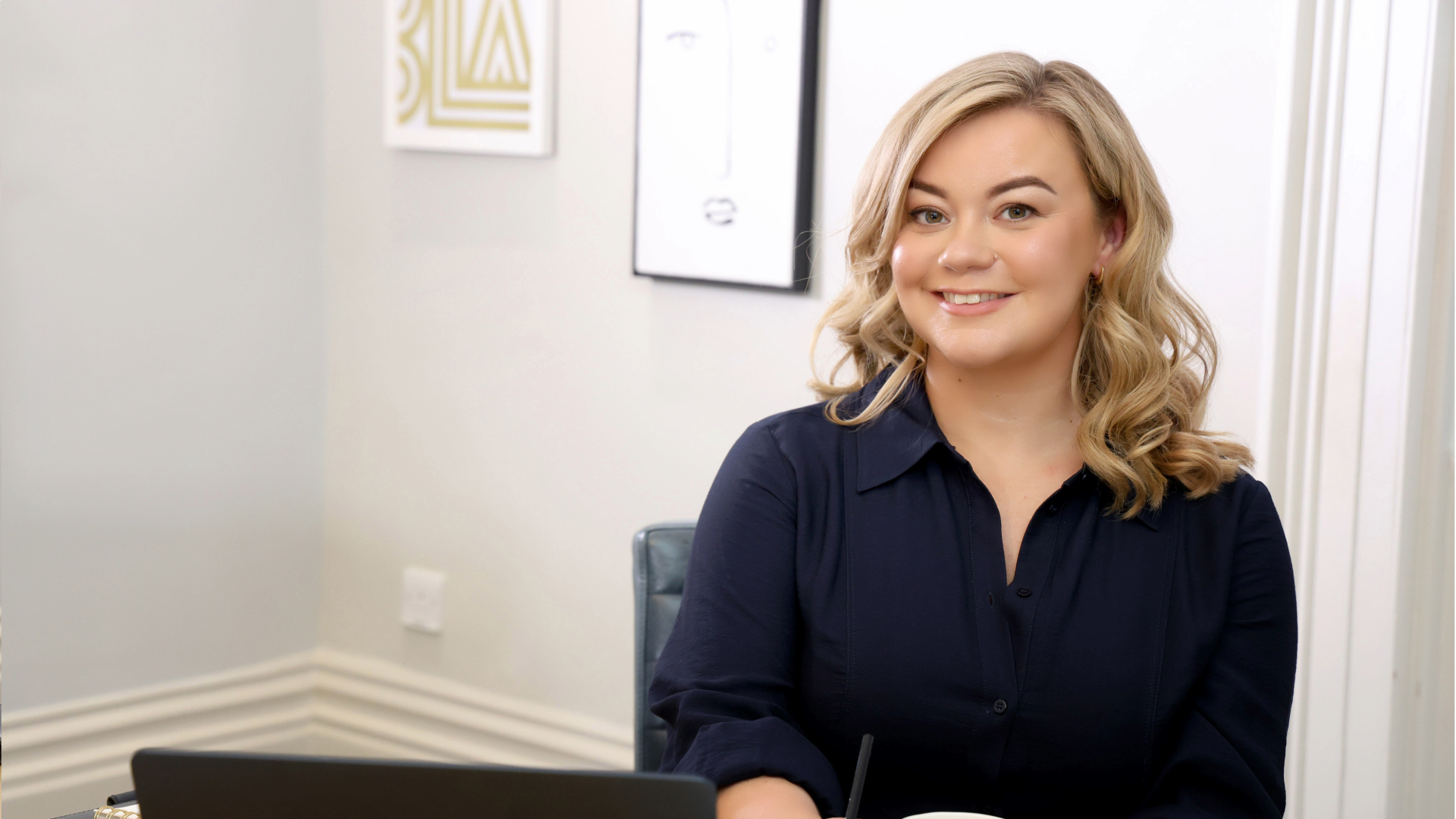Visibility Compounds: Why Leaders Can’t Afford to Stay Quiet.
AI won’t replace your personal brand. But it will amplify the gaps if you don’t own your story.
Over the past few weeks, I’ve had conversations with Gem Fletcher (Business Unzipped) and Dean Whitby (Tenacious Sales Ltd) about the future of personal branding. Despite coming from different angles - Gem focusing on storytelling and Dean on AI-era visibility - the message was clear: leaders can no longer afford to stay quiet.
Here are the three key themes that stood out:
1. Visibility is not vanity, it’s leadership
For years, many leaders believed that “my work speaks for itself.” In 2025, that simply isn’t enough.
Decisions are shaped across multiple platforms, and in the case of Personal Branding, LinkedIn, YouTube and increasingly AI-driven search are the main channels of focus. If you aren’t intentionally honing your personal brand, you risk being invisible to investors, decision-makers, and even AI.
One senior executive I worked with put it best: “Teri helped me uncover and articulate the value I bring, giving me clarity and confidence in my career direction.” That clarity is what visibility looks like in practice - showing up with confidence, consistently and in the places your clients/customers are going to to learn more.
Trust in CEOs has dropped 21% since 2021, and 7 in 10 people believe leaders mislead them (Edelman). Leaders who show up authentically close that gap.
2. People don’t follow companies, they follow people
Research shows 92% of people trust individuals more than brands (Edelman). That’s why your personal story and values carry more weight than any corporate campaign.
Steven Bartlett is proof: his personal LinkedIn has over 1,100% more followers than his former company Social Chain. Other examples would be Richard Branson and Virgin or Grace Beverley.
It’s key to remember how important-an-asset your reputation really is: up to 25% of a company’s market value is tied directly to reputation (World Economic Forum, via Axios).
3. Small actions compound into influence
Personal brands aren’t built in one viral post or keynote. They’re built through consistent, authentic actions that add up over time:
Sharing an insight from an event you attended
Posting a perspective that could help your network
Clarifying the three words you want to be known for and repeating these (often)
Take the time to engage consistently and remember repetition builds recognition, and recognition creates opportunity.
I know everyone is talking about the importance of video right now, but the stats really do speak for themselves: LinkedIn video posts generate 1.4× more engagement and 36% more watch time than text posts (Axios). Repetition builds recognition, and recognition creates opportunity.
The Bottom Line
Visibility is not about ego. It’s about leading in public, building credibility and being remembered when opportunities arise.
At Beyond & Co., this is the mission we live every day: helping leaders transform their personality, experience and thought leadership into powerful, authentic brands that create lasting impact and commercial gain!

